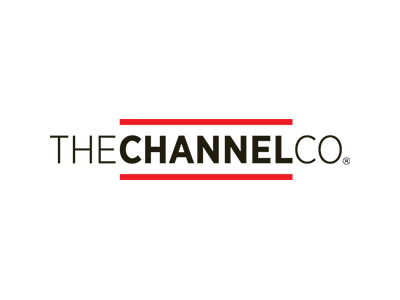IoT Devices and Big Data Offer Path to Better Population Health

New data streams from IoT medical devices and wearables may help patients and doctors in the fight against chronic disease, including diabetes.
Population health management is turning out to be a hotspot where data collected from IoT sensors has the potential to bring broad rewards. With a bevy of IoT-based fitness and certified medical devices available, data streams from wearables and health monitoring devices can be used alongside clinical data to provide doctors with a clear, near real-time picture of a patient’s health.
Once this type of data is integrated into the clinical workflow and dashboard for physicians, it will have a major impact on disease management and treatments, especially for chronic diseases such as diabetes.
Seeing Diabetes More Clearly
Diabetes management is one of the more expensive healthcare challenges for patients, doctors and healthcare networks. About 347 million people worldwide have diabetes, according to WHO, and the cost of treating diabetes is estimated to be $500 billion worldwide.
IoT devices that help with diabetes management and patient monitoring are hitting the market in force. One example is the Google and Novartis/Alcon smart contact lens, from Alphabet Inc.’s research organization devoted to life sciences. The contact lens contains an embedded wireless chip and a miniaturized glucose sensor and antenna that can rapidly measure blood sugar levels for people with diabetes. The radio antenna is thinner than a human hair. The chip and sensor are embedded between two layers of contact lens material, and a tiny pinhole in the lens lets tear fluid from the eye reach the glucose sensor.
The sensor can measure levels every second, which is key. Google points out that sudden fluctuations in blood sugar cause the worst outcomes for diabetes patients, such as heart disease, strokes and nerve damage. The contact lens will provide an easier, frequent and noninvasive way to monitor blood sugar levels.

Photo: Google
Physicians who have weighed in on the Google contact lens technology note that the largest benefit is being able to offer patients a pain-free alternative to either pricking their fingers or using a continuous glucose monitor. The company has not yet specified how the data from the lens will be transmitted.
Data-Driven Approaches
Other companies are focused on improving diabetes management via patient monitoring and real-time data analysis. By using apps to monitor adherence to drug and treatment regimens, physicians can detect trends or changes in the health of a diabetic. One example of this type is the app created by SAP and Roche Diabetes Care that enables doctors to follow the progress of their prediabetes patients in real time.
The app works with Accu-Chek view, a healthcare management program and kit that includes blood testing as well as fitness tracking tools for patients. The app utilizes the SAP HANA Cloud Platform to enable doctors to monitor and analyze current patient data via a dashboard on their tablets or computers.
With the meters and sensors in place, if a patient’s indicators and parameters change, the health expert or physician receives an alert and can send messages or set new goals for the patient. They can also send a request to schedule an appointment to discuss further treatments. Sharing the data online with the doctor allows for constant management and provides the diabetic patient with a feeling of collaborative care.
A similar solution for diabetes management is in the works from Cognizant and Kaiser Permanente, who have developed a prototype remote patient-monitoring system based on Microsoft Azure IoT services. The system connects the medical device, such as a glucose reader in a patient’s home, to a smartphone. Functioning as a gateway device, the smartphone sends data to the cloud for integration with an existing analytics and data visualization program used in Kaiser Permanente data center hospitals and clinics. Clinicians can access the data via a dashboard for near real-time view of a patient’s health.
“You are reducing the cost of care, because there’s far less expense in having the patient record their vitals remotely from home, instead of coming to the clinic where a nurse or doctor physically collects the data,” says Mehul Shah, associate director of product engineering, Cognizant Technology Solutions, in a statement.
These new devices and sensors have the potential to simplify health monitoring, which could result in lower costs and fewer unexpected trips to the ER. For millions of diabetics, the Internet of Things might be just what the doctor ordered.
Find out more about the smart lens technology and other healthcare IoT sensors on the Verily blog. Read the Cognizant report, Transform Patient Care with the Internet of Things.